One of the biggest challenges we face in our careers today is keeping up with the rapid changes and advancements in our respective industries. This constant evolution can be both exhilarating and overwhelming, leaving many of us wondering how to stay relevant and effective in our roles.
The speed of change has intensified dramatically in recent years. Technological innovations, shifting market trends, and global events contribute to an ever-changing professional landscape. For ambitious individuals, this means that the skills and knowledge that made them effective yesterday might not be sufficient tomorrow.
This rapid change isn’t just a challenge; it’s become our standard operating environment. Recognizing and accepting this reality is the first step in navigating the hurdle of staying current. It’s crucial to understand that ongoing learning and adaptation are now essential components of career growth and success.
The Myth of the All-Knowing Expert
There’s a common misconception that experts must know everything about their field at all times. This myth puts immense pressure on professionals and can lead to burnout or imposter syndrome. The truth is, no one can know everything, especially in a rapidly changing industry.
Instead of striving for omniscience, focus on developing a growth mindset instead. Embrace the idea that there’s always more to learn and that gaps in knowledge are opportunities for growth rather than failings.
Strategies for Staying Current
- Develop a Learning Routine: Set aside dedicated weekly time for learning. This could involve reading industry publications, attending webinars, or taking online courses.
- Leverage Technology: Use tools like RSS feeds, news aggregators, and social media to curate a stream of relevant information. This allows you to efficiently scan for important updates without getting overwhelmed.
- Network Actively: Build and maintain a network of peers and mentors in your field. Engaging in regular discussions with others can provide new perspectives and keep you informed about emerging trends.
- Attend Conferences and Events: While virtual options have become more prevalent, the value of in-person events shouldn’t be underestimated. These gatherings offer opportunities for learning, networking, and gaining insights into industry directions.
- Engage in Continuous Professional Development: Many fields offer certifications or continuing education programs. Participating in these not only updates your skills but also demonstrates your commitment to staying current.
- Practice Active Learning: Don’t just passively consume information. Engage with new concepts by applying them to your work, discussing them with colleagues, or writing about them.
- Stay Curious: Cultivate a genuine interest in your field beyond your immediate area of expertise. This curiosity will naturally lead you to explore new developments.
Balancing Depth and Breadth
While it’s important to stay aware of broader changes in your field, it’s equally crucial to maintain and deepen your core expertise. Strive for a balance between expanding your knowledge horizontally and deepening it vertically. This will also help to build your confidence when you’re asked to speak about your industry.
Consider focusing on a particular area within your broader field. This allows you to concentrate your efforts on staying current in a more manageable subset of your industry while still maintaining awareness of wider trends. (There’s a saying I heard recently that I instantly fell in love with: The Riches are in the Niches. And there is so much truth in that statement – if you try to be everything – you won’t be a master of any of it. Zone in on what you love about your industry and deepen your skill set in that area)
Embracing Change as an Opportunity
Rather than viewing rapid changes as a threat to your job security or relevance, see them as chances to grow and adapt. Being at the forefront of new developments can distinguish you from others who are slower to embrace change.
Share your learning experiences with your colleagues and superiors. By openly discussing new trends and your thoughts on them, you position yourself as a proactive and engaged professional.
The Role of Critical Thinking
Critical thinking skills are invaluable during this time of information overload. Not every new trend or technology will be relevant or beneficial to your work. Develop the ability to evaluate new information critically, considering its relevance, reliability, and potential impact on your role and industry.
Threads: An Example
For example, remember when Threads came out? Threads makes for a great example here.
When Meta’s text-based conversation app first burst onto the scene in July 2023, it gathered a ton of attention and quickly amassed millions of users in its first few days. Many of us felt pressured to jump on this new platform immediately, fearing that we might miss out on the “next big thing” in social media. However, was this the right response?
How should we have approached Threads? Or other similar technologies that burst onto the scene? The first question to ask is, “How relevant is this technology to my role or industry?”
For social media managers or digital marketers, Threads seemed highly relevant… initially. However, for professionals in fields like healthcare or finance, its immediate relevance might have been less clear.
While the platform came from Meta, a tech giant with a track record of successful social media platforms, it was important to look beyond the initial hype. Considering factors like:
- User Retention: Early reports showed a significant drop in daily active users after the initial surge.
- Content Quality: Was the platform fostering meaningful conversations relevant to professional networking?
- Long-term Viability: How did Threads fit into Meta’s overall strategy, and what were its prospects for sustained growth?
- Resource Allocation: Was it worth investing time and resources into building a presence on yet another platform?
- Audience Reach: Did Threads reach a unique audience that other platforms didn’t, or was it cannibalizing existing social media efforts?
As of early 2024, Threads has seen a decline in usage compared to its initial launch. While it still maintains a user base (in part because Instagram posts can be added to Threads by default), it hasn’t become the Twitter/X replacement many initially thought it might be. Thus, it is the perfect example here that we don’t have to jump on every new platform or trend immediately.
Learning from Others and Sharing Knowledge
This is an important one. You need to be open to learning from everyone around you, including those junior to you. Fresh perspectives can often provide valuable insights into new trends and technologies. Additionally, sharing your knowledge with others can deepen your own understanding and reinforce your learning.
When you explain concepts or share experiences or information with colleagues, you’re forced to organize your thoughts coherently, which can often lead you to discover new connections or insights in the process.
Overcoming Overwhelm
The rapid pace of change can sometimes feel overwhelming. Especially now, when we live in an age where we don’t know what the world will look like 10 years from now. We don’t know what to teach our children – because what will actually be relevant 10 or 20 years from now?
Don’t let yourself spire. It’s important to acknowledge that feeling of overwhelm (or even panic) and develop strategies to manage it. This might include setting boundaries on your information consumption, practicing mindfulness, or seeking support from peers or mentors.
Remember, the goal isn’t to know everything but to maintain a level of knowledge and adaptability that allows you to continue providing value in your industry.
It Is A Challenge That Isn’t Going Anywhere
Keeping up with rapid changes and advancements in your field is undoubtedly a challenge, but it’s also an exciting opportunity for growth and innovation. By developing effective strategies for continuous learning, balancing depth and breadth of knowledge, and embracing change as an opportunity, you can identify and capitalize on opportunities for growth and innovation in your career and industry.
Emily Sprinkle, also known as Emma Loggins, is a designer, marketer, blogger, and speaker. She is the Editor-In-Chief for Women's Business Daily where she pulls from her experience as the CEO and Director of Strategy for Excite Creative Studios, where she specializes in web development, UI/UX design, social media marketing, and overall strategy for her clients.
Emily has also written for CNN, Autotrader, The Guardian, and is also the Editor-In-Chief for the geek lifestyle site FanBolt.com
- Emma Loggins Sprinklehttps://www.womensbusinessdaily.com/author/emma-loggins/
- Emma Loggins Sprinklehttps://www.womensbusinessdaily.com/author/emma-loggins/
- Emma Loggins Sprinklehttps://www.womensbusinessdaily.com/author/emma-loggins/
- Emma Loggins Sprinklehttps://www.womensbusinessdaily.com/author/emma-loggins/







